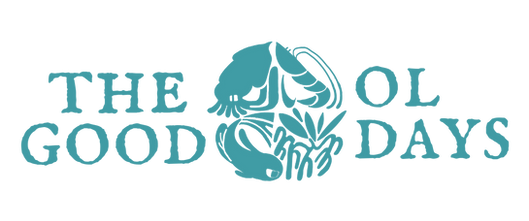DISCOVER THE ORANG LAUT HERITAGE


About our project.
The Good OL Days is dedicated to gathering stories, maps, literature, films, images, and other materials that showcase the rich heritage of the indigenous Orang Laut community in Singapore.

Our inspiration.
Our project takes its name in recognition of the Orang Laut (OL), the indigenous maritime communities of Singapore, whose histories have been overlooked by the dominant narratives of Singapore's history. Here, we seek to honor their rich contributions to Singapore's cultural heritage today.
More than simple seafarers, they were diverse and dynamic actors in the the Southeast Asia's maritime world; from being the Johor Sultanate's loyal allies and helping the kingdom secure trade routes, to their everyday trading activities on Singapore's shores, they've played a far more crucial role in Singapore's story than history gives them credit for. Yet, this is not simply about them as "historical figures", as they have commonly been portrayed.
Rather than presenting them merely as people of the past, the descendants of the Orang Laut live among us today, carrying with them the stories, skills and knowledge passed down through generations, with some starting their own initatives to keep their cultural practices alive and reignite kinship networks that have been strained by urban displacement.
Our Team.
We are a group of undergraduate students from the National University of Singapore (NUS) and Singapore Management University (SMU). As a group, we participated in the TF-NUS Heritage Championships 2024, where our proposed project was awarded the opportunity to be implemented, with the support of NUS Libraries and Temasek Foundation.
Special Thanks.
This project would not have been possible without the support of many who have walked this journey with us. We are deeply grateful to our mentors at Orang Laut SG, whose research guidance has allowed us to meet and connect with many who have generously agreed to contribute to our project.
We further thank the individuals and families who have generously shared their stories, offered us connections, and helped us to reconstruct the narrative of the Orang Laut not as people in history, but people whose wisdom and knowledge of the sea has left an invaluable mark on the history of Singapore. In this way, our project serves as a living archive: a collaborative space for remembering, retelling, and reimagining the role of the Orang Laut in Singapore’s story.
Finally, none of this would have been possible without NUS Libraries and Temasek Foundation, who we are deeply grateful to for granting us the support and opportunity to carry out this project.